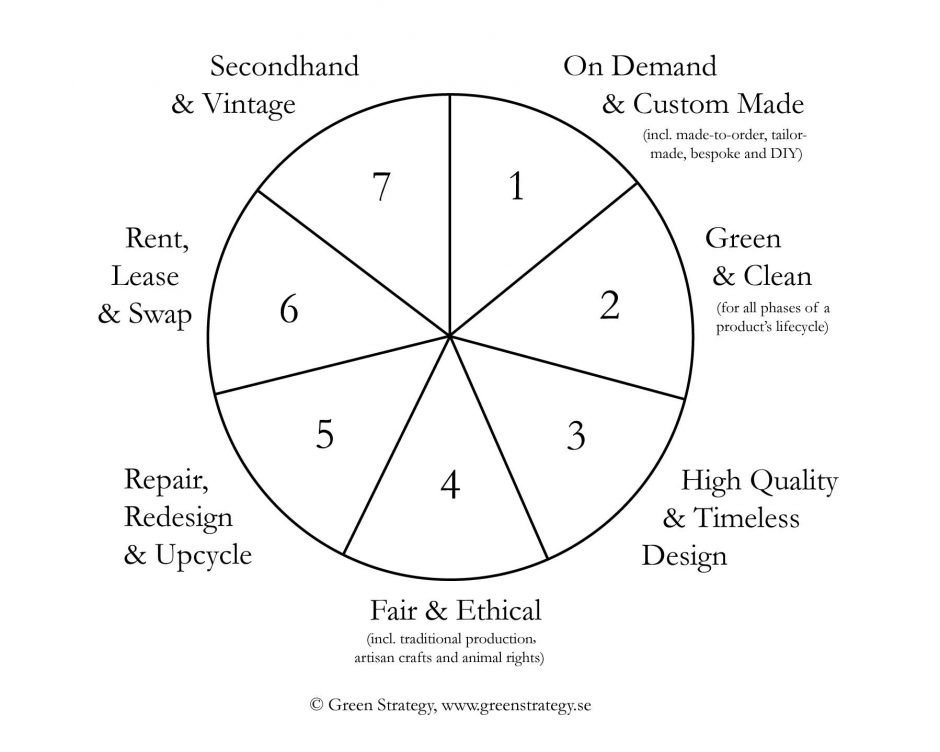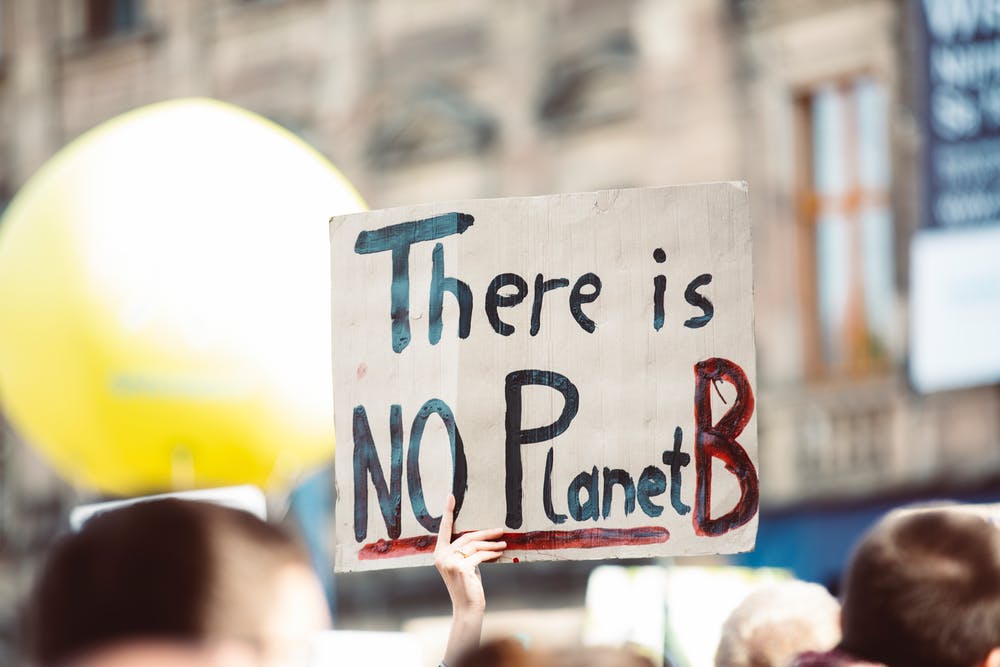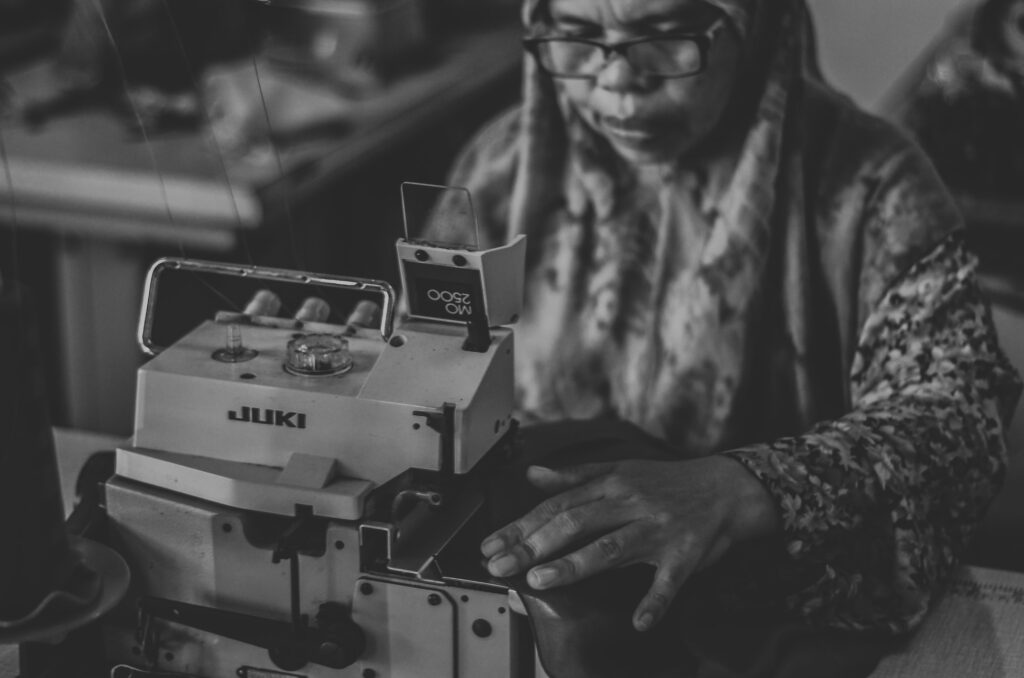
Fashion is a multi-billion dollar industry. When we think of sustainability and fashion we do observe a gap in the market. As consumers and retailers we need to understand that we are a part of a circular economy . If you think of sustainability it’s foundation is based on 3P’s , they are — People, Planet and Profit. It is important to strike a balance between these three. Fashion has been rated as one of the most polluting industry. As consumers, we need to be forward thinking and take initiatives to make a change in our shopping style today .
Why most of fashion today is NOT sustainable

The word sustainable is defined as “capable of being sustained.” Therefore, a sustainable fashion industry is one that must operate in ways that can continue working for years and decades to come.
Unfortunately, this is not true of today’s dominant ‘fast fashion,’ which refers to clothing that’s intentionally designed to be consumed quickly at cheap prices, leading shoppers to view clothes as being disposable—wearing them just a few times before throwing them out or moving on to newer and trendier cheap clothes.
The fast fashion cycle is far from sustainable, because it depletes the Earth’s natural resources at exponential rates, exploits workers around the world, and results in an overwhelming amount of waste.
In contrast to traditional fashion houses that only have a few seasonal collections per year, fast fashion brands may churn out as many as one new collection per week (or more) in efforts to drive continuous, mindless consumption.
Below are the key takeaways.
1) Climate Change

Fashion contributes over 8 percent of all greenhouse gases and, if things continue as is, by 2050 more than 25 percent of the entire global carbon budget will go to this one industry.
The carbon hotspot is at the mills (the places that spin the fiber into yarn and weave that yarn into fabric). More than 75 percent of the carbon footprint in the entire lifecycle of our clothing takes place there. To make things super clear, a company is only doing “sustainability” if they are lowering the carbon footprint of their mills. Doing this isn’t rocket science; it’s a matter of bringing in consultants to make the mills more energy efficient and changing the energy supply to renewables (and away from sources like coal). Levi’s is one of the very few companies making a serious commitment to do this type of work.
2) Labor + Women’s Rights

In all of our interviews with workers and the studies that we have read in the space, the issue workers care most about is wages. Garment workers—the large majority of whom are women—for a variety of reasons, are some of the least paid laborers in the world.
The apparel industry is itself a hotspot for modern day slavery and child labor, according to the U.S. Department of Labor. Devastatingly, it is also repeatedly responsible for garment worker deaths from unsafe conditions, including 40 workers this month in Delhi, India. In order for fashion to address this issue, fashion companies must start measuring and reporting how much workers in their supply chain are being paid. Again, this is not rocket science, and surprisingly, not enormously expensive to implement. A report from Oxfam found that if brands absorb the cost of paying living wages within their supply chains, it would cost them less than one percent of the price of a garment.
3) We Can’t Shop Our Way to Sustainability

From all of our research, this is the part that feels the most like the matrix. We’ve been told that shopping is the way to express our citizenship, to make the world—and the economy—a better place. As the climate crisis has come to the forefront, companies have responded by creating yet another product that we can buy. They call these products sustainable fashion. But this “sustainable fashion” still has an enormous environmental and social footprint and most of it is not actually addressing the two central issues above.
But we can change that, and this is where the real power lies. Fashion is a consumer-facing industry, and in this, consumers have real power—power to be vocal about their expectations. This is why we are rolling out a global call to action, which we ask that you join, here. It demands brands align their environmental goals with science and data and be transparent in this process. It is the only way to address these environmental and social crisis once and for all, because companies listen to what we, consumers, demand. You actually can play a crucial role in cleaning up this $2.5 trillion industry.
Content from-
https://www.harpersbazaar.com/fashion/designers/a30185938/sustainable-fashion-explained/
https://sustainabilityx.co/sustainability-in-fashion-34a4852f0aab
https://greendreamer.com/journal/what-is-sustainable-fashion